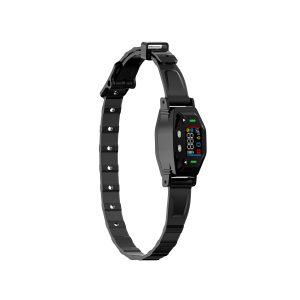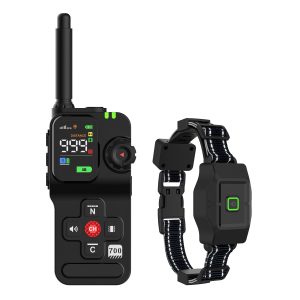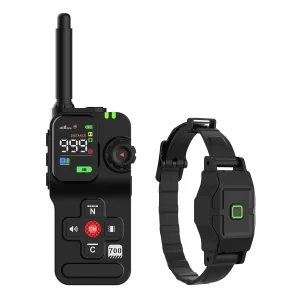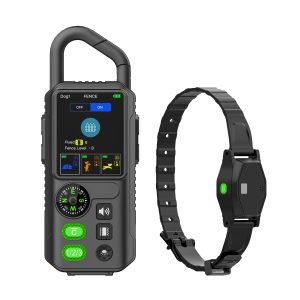The Impact of Trees on Wireless Dog Fences
Wireless dog fences are becoming increasingly popular among pet owners due to their convenience and ease of use. These systems utilize a boundary wire to create an invisible fence, allowing your furry friend to roam freely within the set boundaries. However, the presence of trees can sometimes interfere with the functioning of wireless dog fences.
Tree interference commonly occurs due to the signal transmission between the transmitter and the receiver collar. Thick trees, densely packed foliage, and large trees can obstruct or weaken the signal, causing inconsistencies in the fence boundary. This can lead to your pet receiving incorrect signals or being able to breach the set boundaries.
There are some steps you can take to minimize the impact of trees on your wireless dog fence:
- Position the transmitter strategically: Place the transmitter in an elevated position and away from dense tree coverage to ensure clear signal transmission.
- Adjust signal strength: Some wireless dog fence systems allow you to adjust the signal strength. Lowering the signal strength can help reduce interference from trees.
- Trimming foliage: Regularly trim branches and foliage around the boundary wire to ensure a clear path for the signal.
While trees can pose challenges for wireless dog fences, with proper installation and maintenance, you can effectively manage these issues and provide your furry companion with a safe and secure environment to play in.
Remember to consider the layout of your yard, the type of trees present, and the specific requirements of your wireless dog fence system to ensure optimal performance.
By being proactive and taking the necessary precautions, you can enjoy the benefits of a wireless dog fence while minimizing the impact of trees on its effectiveness.




